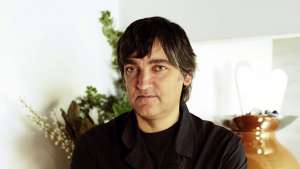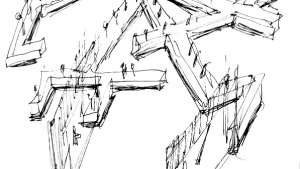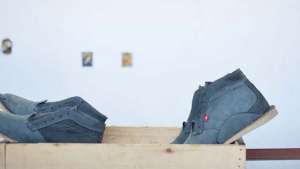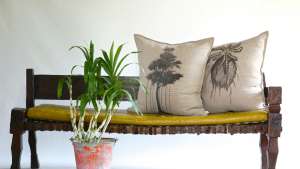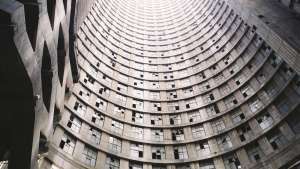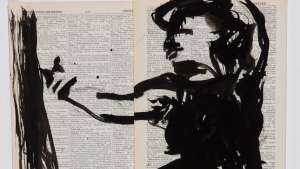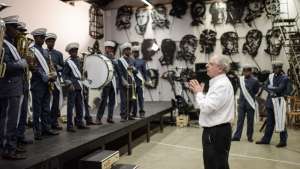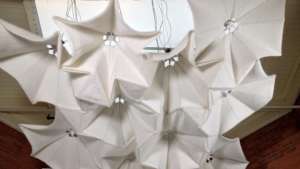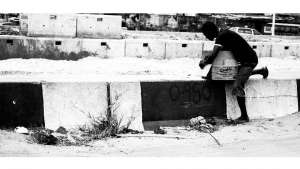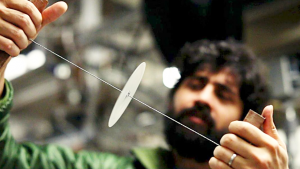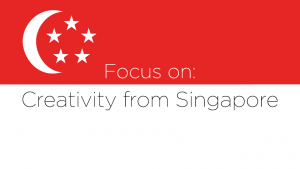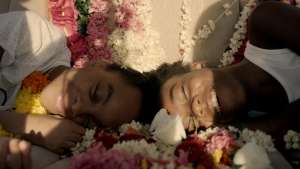Search Design Indaba
Content Type
Sort by
Feature Type
Topic
- Product Design (3265) Apply Product Design filter
- Design Thinking (2464) Apply Design Thinking filter
- Architecture & Interiors (2020) Apply Architecture & Interiors filter
- African Design (1894) Apply African Design filter
- Graphic Design & Illustration (1716) Apply Graphic Design & Illustration filter
- Art & Photography (1471) Apply Art & Photography filter
- Creative Economy (1456) Apply Creative Economy filter
- Fashion & Jewellery Design (1432) Apply Fashion & Jewellery Design filter
- Design Activism (1330) Apply Design Activism filter
- Interaction Design (913) Apply Interaction Design filter
- Craft (886) Apply Craft filter
- Urban & Landscape Design (732) Apply Urban & Landscape Design filter
- Industrial Design (630) Apply Industrial Design filter
- Film & Animation (626) Apply Film & Animation filter
- Music & Sound Design (567) Apply Music & Sound Design filter
- Information Design (511) Apply Information Design filter
- Food Design (455) Apply Food Design filter
Displaying 8076 - 8100 of 13684 results. Use the filters to refine your search
-
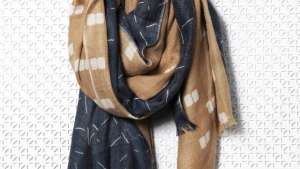 Creative Work • Design News • 1 Nov 11
Creative Work • Design News • 1 Nov 11 -
 Creative Work • Product Spotlight • 10 Dec 14
Creative Work • Product Spotlight • 10 Dec 14 -
 Point of View • Opinion • 1 Aug 02
Point of View • Opinion • 1 Aug 02 -
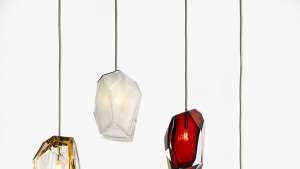 Creative Work • Design News • 19 Apr 14
Creative Work • Design News • 19 Apr 14 -
 Creative Work • Design News • 28 May 15
Creative Work • Design News • 28 May 15 -
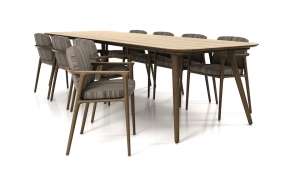 Creative Work • Design News • 10 Apr 14
Creative Work • Design News • 10 Apr 14 -
 Creative Work • Design News • 6 Apr 14
Creative Work • Design News • 6 Apr 14 -
 Creative Work • Design News • 11 Apr 14
Creative Work • Design News • 11 Apr 14 -
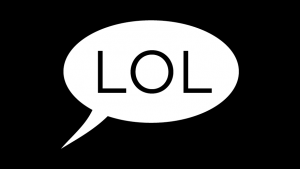 Interviews • Q&A • 6 Sep 14
Interviews • Q&A • 6 Sep 14 -
 Creative Work • Design News • 10 Apr 14
Creative Work • Design News • 10 Apr 14 -
 Point of View • Opinion • 8 Mar 15
Point of View • Opinion • 8 Mar 15 -
 Point of View • Hot Topic • 2 Sep 14
Point of View • Hot Topic • 2 Sep 14 -
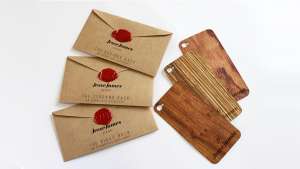 Furniture Designer • Industrial Designer • 4 Mar 14
Furniture Designer • Industrial Designer • 4 Mar 14

